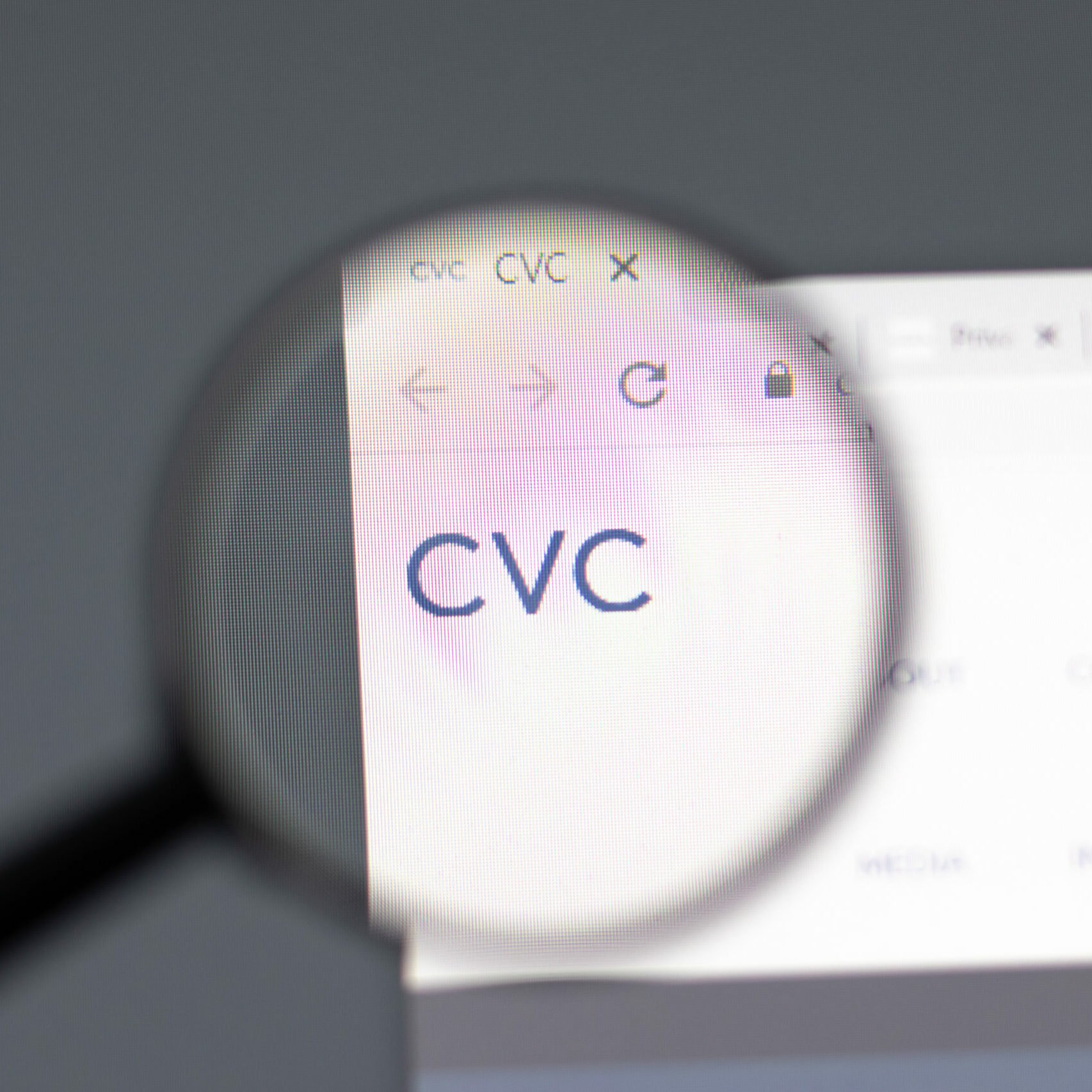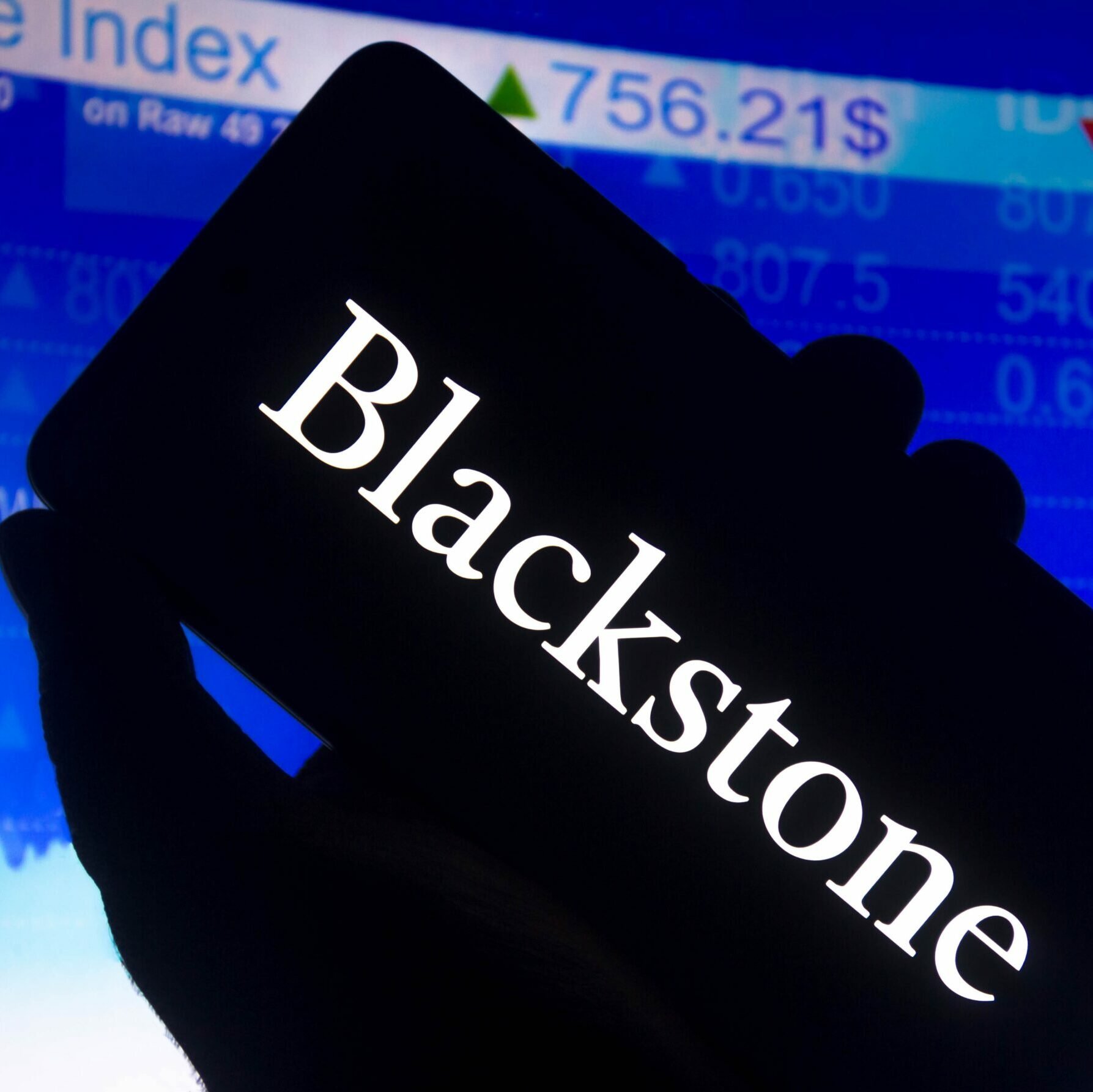There has been a flurry of activity over at ML Capital in the last few months. The company provides a range of UCITS and AIFMD fund solutions to fund managers and currently has over USD1.5 billion of assets under management across its Dublin-based MontLake UCITS Platform and MontLake QIAIF Platform. The MontLake UCITS Platform, in particular, has added a number of new funds including: Mygale Event Driven UCITS managed by Neil Tofts; OTS Asia Opportunity UCITS, managed by OTS Capital Management, and SPARX OneAsia Long Short UCITS, managed by SPARX Asia Investment Advisors.
According to ML Capital's CEO, Cyril Delamare, there is a clear view among managers as to whether to launch UCITS funds or QIAIFs. "Today, people who run a liquid fund strategy and want to pursue an aggressive distribution strategy in Europe will go the UCITS route; this is something we would recommend. It is easier to talk about a UCITS fund to investors and much easier to distribute," says Delamare.
Of course, with more than 20 years of brand development behind it, UCITS is a far easier, recognisable fund wrapper for global investors to consider as compared to the AIFMD-compliant Irish QIAIF, which only has a couple of years' history. It will take time for AIFMD funds to develop but ML Capital is seeing signs of increased uptake.
"We are in the process of launching three QIAIFs but they are very different funds to UCITS. They tend to be strategies that don't fit into a UCITS wrapper aimed at European institutional investors who want better regulatory oversight than they would normally get with an offshore fund," explains Delamare.
One of the funds will be launched on a standalone basis, where the fund manager owns the fund outright (i.e. doesn't sit on the MontLake QIAIF Platform) and appoints ML Capital as the AIFM. The other two funds will sit on the platform. And it is this flexibility, being provided by ML Capital and a host of other Dublin-based management companies that is helping non-EU managers overcome the fear of establishing EU fund products.
"Deciding on whether to use our platform, or to set up a standalone fund depends on the will of the individual manager. It may depend on factors such as branding, what the expected fund AUM will be, whether the manager wants to benefit from economies of scale by running a sub-fund on the platform. The point is, we can cater for managers in all scenarios," says Delamare.
A couple of years ago, most hedge fund managers would automatically go down the UCITS route, sometimes shoehorning their strategy which would lead to tracking errors. As Ken Somerville, head of business development at Quintillion, observes, often these funds tended to be a watered down, light alpha proposition: predominantly long-only across a diverse global equities portfolio or, if the strategy was more complex, using a total return swap arrangement to trade an underlying portfolio of securities; that option is not now available.
"At the same time, the QIAIF was considered to be a good product but it came up short in respect to global distribution. However, recently the appetite among managers has demonstrably shifted. Many are now using the QIAIF product in an ICAV structure, to access European investors as everybody becomes more familiar with AIFMD – and the big benefit here is that the manager can fully replicate their offshore strategy without the restrictions of UCITS. The QIAIF can be used to accommodate a de fatco hedge fund strategy. Consequently, more managers are starting to use the QIAIF to run an onshore strategy parallel to their offshore fund strategy.
"The marketplace has, to some extent, shifted its expectations towards investing in hedge funds. Some of the bigger, more conservative institutional investors in Europe are becoming more amenable to the QIAIF product, given that the availability of alternative strategies under UCITS is more limited," says Somerville.
One important function of an AIF is the requirement by the fund manager to appoint a depositary for either full depositary services, if it is an EEA-based AIF, or to provide a `depositary lite' solution if it is a non-EEA AIF. Either way, the role of the depositary is related to regulatory and contractual compliance. Once the fund administrator has calculated the fund's NAV, the depositary (which might or might not also be the fund administrator) will, as part of its obligations under AIFMD, look at the investment book of records and determine whether or not the AIF has conducted itself in accordance with regulatory requirements.
"In addition, which tends to get overlooked, the depositary compares the conduct of the fund relative to its own offering documents. They look at the fund prospectus alongside the fund's investment book of records and determine that the two are in accordance with each other.
"That's an additional comfort that AIFMD offers investors," says Somerville.
SuMi TRUST sees depositary services as one of two key areas for business demand in 2016. "Firstly, we will be focusing our efforts on our Irish depositary business to support both UCITS V and AIFMD fund structures. And secondly, demand for our complete UCITS V funds solution encompassing fund administration, shareholder services, TA, depository and custody," confirms Charles Bathurst, consultant to the board of SuMi TRUST.
SuMi TRUST has a financial licence to act as an independent depository in Ireland [through its group company SMT Trustees (Ireland) Ltd] and this, says Bathurst, "is driving strong business demand for our services from third party administrators that do not have the requisite financial license in Ireland to act as an independent depositary.
"The solid balance sheet and capital ratios of our parent company, SMTB group, coupled with the longevity of SuMi TRUST's experience in Ireland, robust operational systems and processes, deep industry knowledge and networks, position us perfectly to fulfil the role of local depository provider, whether for non-licenced third party administrators or managers directly looking to set up these funds."
One area that bodes well for Ireland's future development as Europe's leading onshore hedge fund domicile is the loan origination QIAIF; the latest example of Ireland's fund evolution. This is potentially good news for Irish fund administrators and registered AIFM platforms, as global fund managers look to get involved in financing corporate Europe as banks scale back their lending activities.
Somerville points that there are a small number of providers in Ireland capable of combining a corporate trust facility with fund administration services for loan origination funds under the same roof and has no doubt that Ireland is well placed to further prosper with such a product.
"Given our expertise in supporting loan funds, maybe we have a slightly different view than others but we are feeling bullish and think there are significant growth opportunities in the loan origination space. It's not the case that most of Ireland's fund administrators can provide a range of complimentary corporate trust and fund administration services. The fact that we can means we might have a slight bias but we have reason to believe that we are making a sound judgment call on the potential of Ireland's loan origination QIAIF," says Somerville, confirming that a lot of interest is coming from Quintillion's existing US client base to complement offshore strategies they've been running for a number of years.
"Not a day passes when one of our US clients gets in touch to do some fact finding on European vehicles. This year we've already had three US clients who are launching funds in Ireland to sit alongside their existing offshore fund(s)," confirms Somerville.
Bathurst says that Ireland's first-to-market introduction of the AIFMD-compliant loan origination QIAIF structure is an example of "Dublin's leadership as a European jurisdiction in meeting the needs of qualifying investors requiring specialist investment product within an onshore regulated vehicle but we have seen only limited demand to date for this product since its introduction."
Donnacha O'Connor is a partner at law firm, Dillon Eustace. In their view, the opportunity is definitely there for Ireland, confirming that there is "definitely increased interest from PERE managers in Ireland, for which we can thank AIFMD to some extent. These managers may have traditionally favoured non-EU domiciles for their fund vehicles but are now looking at fully AIFMD compliant solutions in friendly EU jurisdictions.
O'Connor continues: "The QIAIF works well as an asset gathering vehicle and the QIAIF loan origination product is designed to be a flexible pure loan fund product that is transparent to investors, while meeting a regulatory standard that could future-proof it against any increased regulation in the non-bank lending sector.
"QIAIFs have proven to be popular vehicles for European distressed assets. They can give significant portfolio level tax advantages, particularly when combined with Irish treaty access acquisition vehicles, compared to offshore funds and of course offer a gateway to the EU investor markets via the AIFMD passport."
Stephen Carty, Investment Funds Partner, at Maples and Calder (Dublin), says that he is "a little more circumspect" on the degree of uptake in the loan origination QIAIF.
"We acted for the first ever loan origination QIAIF and it may yet be the only one – the level of growth in this fund structure perhaps hasn't been as fast as some people were expecting. We expect to see further development in this space when the product is re-examined by the regulators in order to make it more appealing to managers. There may also be a pan-EU initiative on direct lending, which would be beneficial to, and dovetail well, with the Irish QIAIF," comments Carty.
The Central Bank of Ireland realised early on, post-crisis, that there were a lot of non-performing assets. This led to the formation of the National Asset Management Agency in 2009. By analysing them to determine which of those non-performing assets investors might be interested in, the first steps were taken to make it easy for investors to access them. "I think that's ultimately what led the CBI to approving Europe's first AIFMD-compliant loan origination vehicle," says Nick Tsafos, Chairman and Director of EisnerAmper Global Ltd. "It's smart planning. My sense is that the people working in Ireland are highly entrepreneurial. They are always looking for new ways to improve the overall economy, to get people into jobs, and to create a financial services industry that best serves its clients."
According to figures produced by Preqin, a total of 83 private debt funds launched over the first three quarters of 2015, representing an aggregate AUM of USD64.5 billion. Whilst North America led the way in terms of the highest number of new funds – 14 compared to 8 in Europe – European funds secured a higher volume of net asset: USD10.3 billion compared to USD7.9 billion.
This is a market that looks set to continue to expand, which augurs well for the loan origination QIAIF. It is a huge market opportunity for US managers with a strong track record in direct lending in North America's debt capital market.
"I totally agree. Right now, with the stimulus that the ECB wants to provide to get the continent's economy growing again, at the same time banks must adhere to Basel III capital ratios, which is prohibiting them from originating loans. This is allowing fund managers to jump in and either pick up distressed loans, or originate new loans to small and medium-sized enterprises," adds Tsafos.
Back at ML Capital, David Hammond, General Counsel, explains that as much support as necessary is given to fund managers as they look to explore routes into Europe, be it via the UCITS or AIFMD regulatory framework. He says that the starting point is determining where the divisions are going to lie.
"Let's assume they want to go down the full outsourcing route. The manager would need to design the product, and depending on the strategy decide whether it would best work under a UCITS wrapper or an AIFMD wrapper. We would also check to see whether there is actual investor appetite for the product; this could boil down to pricing, fee structures," says Hammond.
Next, one needs to consider the distribution framework: what kind of investor is the manager hoping to attract with the fund? Which EU markets will they be targeting?
"This is a key consideration because you could spend a lot of time on the operational side of the fund, getting it launched, but if you overlook the marketing considerations all that work in the early stages might be wasted.
"Therefore, a lot of conversation takes place with each manager before it ever gets to the point of structuring the fund. Once the parameters are in place and the manager knows what sort of fund they want, what distribution channels they intend to use, we can move on to the next step of deciding whether to launch it as an AIF or as a UCITS," concludes Hammond






